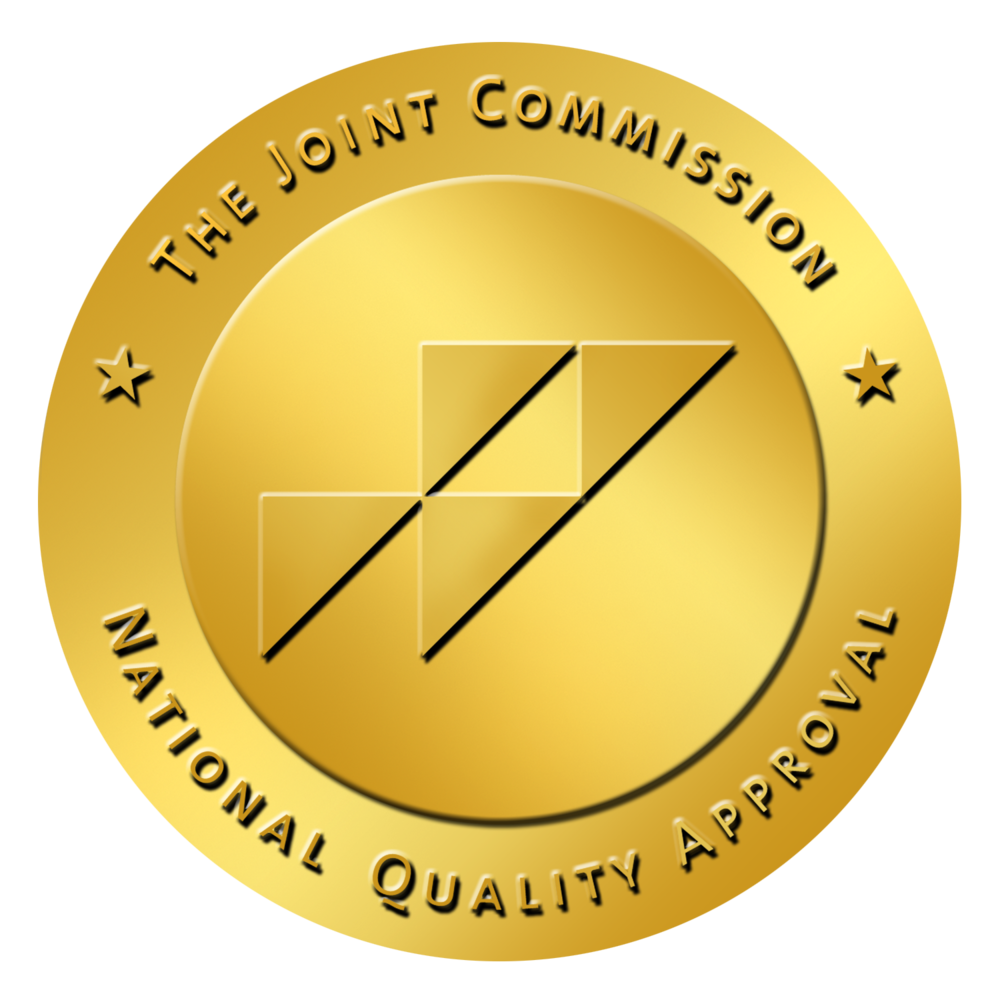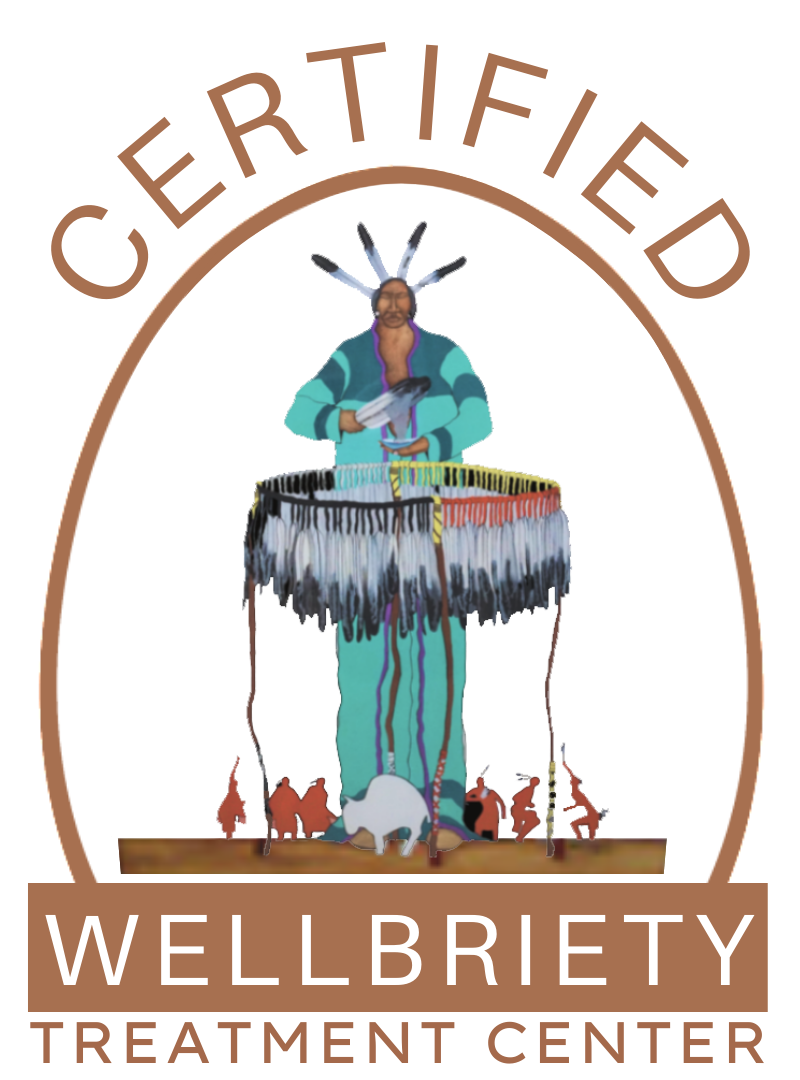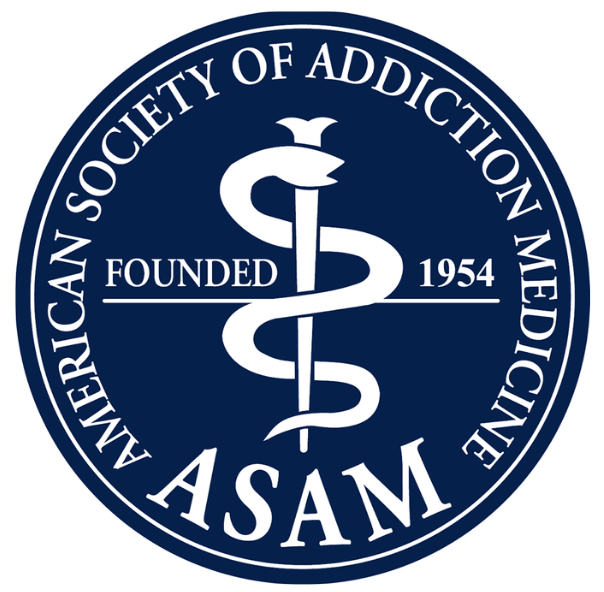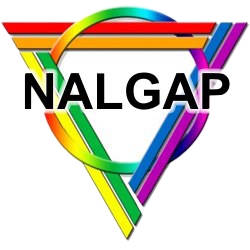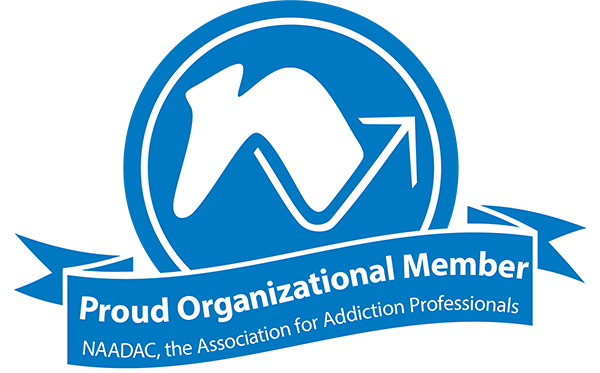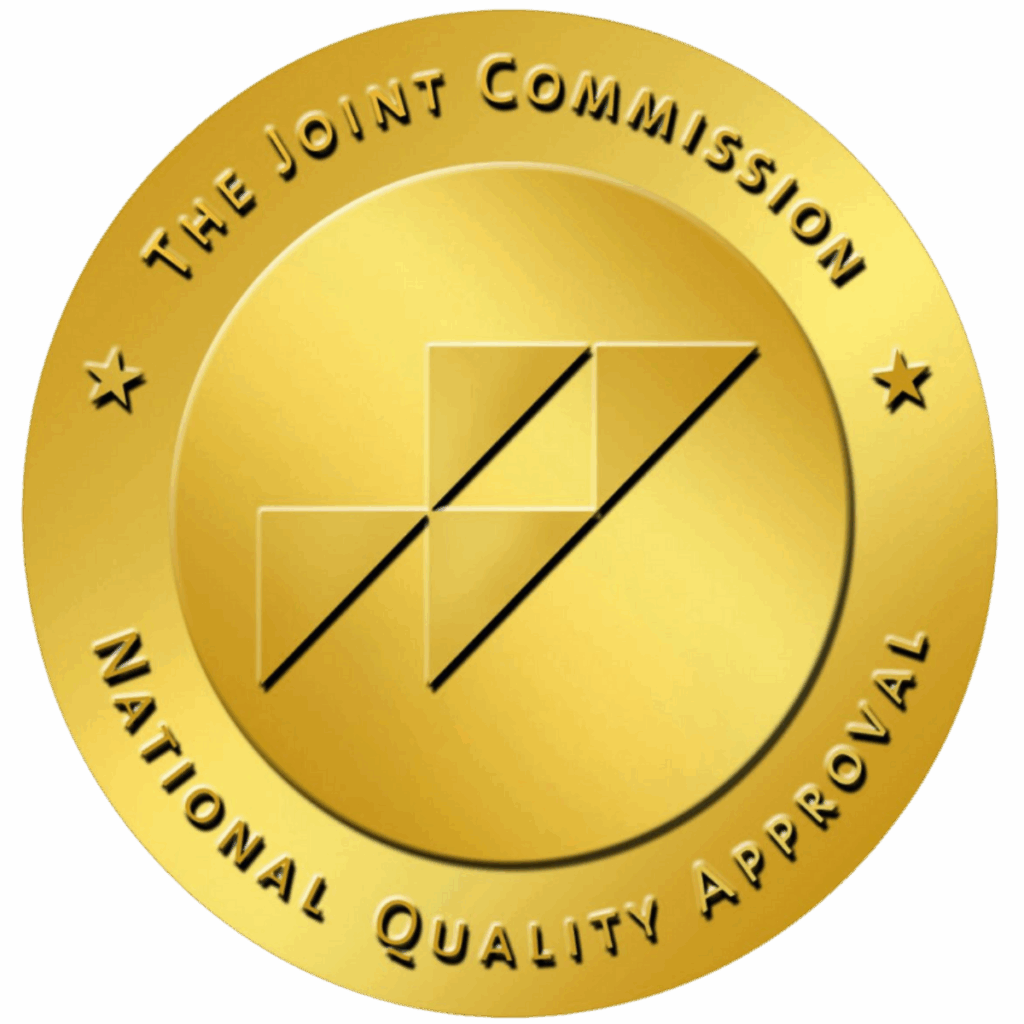One truism about substance use disorders is that nobody sets out to become addicted. What starts out as an occasional drink socially or at dinner may eventually turn into reaching for alcohol to cope during times of stress or anxiety, until it becomes something you can’t function without.
An opioid use disorder might begin after a painkiller prescription, but its high risk of dependency leads to unintentionally becoming hooked on the drug. Other times, a deliberate escape from sadness, masking a loss of interest in the activities you once loved, become signs of abuse with undiagnosed depression.
They’re just a few examples that might sound familiar to anyone who’s served in the military or as a first responder. Self-medication, substance dependency, addiction and mental health issues are gradually borne out of years of service and the high-stakes, life-or-death decision making or exposure to trauma, or human suffering.
Some statistics show straight away that opioid overdose mortality rates among vets increased 53% in recent years. In a study of male and female firefighters alike, 58% and 14%, respectively, engaged in binge and heavy drinking. And substance abuse remains higher in vets and emergency personnel than in civilians.
The good news is that substance use and mental health disorder treatment for military and first responders is not only accessible, but effective. One component that’s often a part of drug addiction treatment is called Medication-Assisted Treatment (MAT). But will MAT near me need to be part of your treatment plan, and how can MAT addiction treatment help?
What Is MAT Treatment?
What is medication-assisted treatment? MAT is a type of medical assisted treatment that’s part of a drug or alcohol rehab program. It’s a portion of therapy where specific medications to manage both the physical and psychological aspects of substance use disorders might be prescribed and administered.
Not everyone in rehab will need prescription drugs as part of medication-assisted treatment MAT. Medication-assisted treatment is sometimes necessary with severe addictions, where the physical symptoms of withdrawal and cravings for drugs or alcohol can be so intense that they make it difficult to focus on getting better. The medication prescribed during medically assisted treatment is meant to relieve and calm the body’s physical need for the substance so you can more easily do the deeper work required in therapy, which is all about finding and addressing the underlying, root causes of your addiction.
Three Components of MAT
If you enter recovery, MAT integrates and combines three different pieces that work together to help fight drug or alcohol cravings, learn healthy coping skills and rebuild your self-worth in the wake of depression, anxiety, PTSD or substance abuse.
Here’s how it works:
MAT Medications
MAT drugs serve an important function: they’re FDA approved to normalize brain chemistry, block the effects of an addictive substance (like opioids or alcohol) and lessen withdrawal symptoms and cravings, all of which can compromise and cloud a proper recovery. The National Institute on Drug Abuse notes that people who enter MAT treatment are less likely to have an opioid overdose or die than those who don’t receive treatment.
Detox for opioid or alcohol use disorder is the early point in treatment when it might be recommended to continue MAT treatment as you begin therapy, especially if you’ve come into recovery with a significant or crippling addiction and need support. They’ll be prescribed by a doctor or psychiatrist but meant to be taken only as prescribed, since that can cause dependency or addiction if misused.
Counseling in Medication-Assisted Treatment
Medication comprises only one part of medical assisted treatment. Once you have the advantage of a prescription to help with physical stability, the next step in MAT treatment is doing the mental and emotional heavy lifting.
Talk therapy may be familiar to you even if you’ve never been in therapy before at treatment centers. You’ll sit one-to-one or in a group or family setting, with a counselor or psychologist, tell your story and talk through your issues. What are the underlying reasons you starting using drugs or alcohol? Are there mental health issues, like PTSD or anxiety, that drive your behavior? What’s your mental mindset, and how can you begin to tangibly reframe it so it can influence better, more positive and proactive emotions and behaviors? Alongside medication, you’ll leave counseling with new perspectives and new approaches to live your life without the crutch of drugs or drinking, armed with coping skills and tools to prevent relapsing ever again.
Behavioral Therapy Sessions
Digging deeper into behavior therapy, what do medication-assisted treatment research-based practice sessions involve, and how do they work? Cognitive-behavioral therapy (CBT) or dialectical behavioral therapy (DBT), for example, are integral parts to any medication-assisted treatment program; they help you identify the specific thoughts, feelings or situations that might influence or trigger your substance abuse.
With your therapist’s help, once you recognize these patterns, you can learn to change your responses to them by literally re-training your brain. In the confines of a rehab center or therapist’s office, they’re powerful assets to obtain, but the real work happens by putting them into practice in the real world — actionable techniques to know how to handle cravings when the urges come up or deal with stressful moments that lead to excuses for drinking or using.
Through MAT treatments, you’ll learn to make healthier choices and live them as your reality day-to-day.
Buprenorphine FAQ
Buprenorphine is a prescription medication used in MAT treatment for opioid addiction. It’s the first medication prescribed for opioid use disorder (OUD) to treat addictions to heroin, prescription painkillers and others. Buprenorphine’s primary benefit is reducing withdrawal symptoms and cravings, which can also help stop using other opioids.
Yes, buprenorphine is a synthetic opioid, but it’s called a partial opioid agonist. As an opioid substitute, it binds to the brain’s opioid receptors like an opioid but activates them to a much lesser degree. It also has what’s called a ceiling effect, so its opioid effects taper off at a certain dosage, lessening its addictive potential.
Buprenorphine is classified as a Schedule III controlled substance by the U.S. Drug Enforcement Agency. It has more potential for abuse than Schedule IV or V drugs, so it’s important to take it only as prescribed by a doctor to avoid becoming dependent on it during MAT drug treatment.
No, but they are closely related. Buprenorphine, along with naloxone, is one of two active ingredients in Suboxone, another drug you can read more about below. While buprenorphine on its own and Suboxone can treat opioid dependence, only buprenorphine is approved as a pain medication.
Sublocade FAQ
Sublocade is an injectable medicine used to treat more moderate-to-severe cases of opioid use disorder. It’s also a partial opioid agonist and contains buprenorphine as an ingredient. To start Sublocade, you must first be stabilized on buprenorphine.
A single Sublocade injection is meant to last up to about one month, or 28 to 30 days. According to guidelines on the drug’s packaging, at least 26 days must pass between intravenous doses.
Sublocade is technically considered a narcotic due to the presence of Schedule III buprenorphine.
Since it contains buprenorphine, physical dependence is listed as one of the potential side effects of Sublocade, but because it can only be administered in a clinic setting, the risk of misusing it and developing an addiction is greatly reduced.
Naltrexone FAQ
Naltrexone is a highly effective, double-duty medicine that’s used for both medication-assisted treatment for alcohol and opioid use disorders. It’s not an opioid and isn’t addictive, but it works, according to the Mayo Clinic, to block the effects of opioids and also the rewarding effects that alcohol has on the brain. MAT treatment for alcohol using naltrexone lasts about three to four months.
Common side effects from taking naltrexone might include nausea, headache, dizziness, and fatigue. In rarer, more serious cases, liver damage, allergic reactions or pneumonia might develop.
Naltrexone doesn’t produce an opioid “high.” Instead, by blocking the same feeling that comes from drinking alcohol or taking opioids, it can help your efforts in weaning off substances in recovery through alcohol medication-assisted treatment.
No, naltrexone isn’t an antidepressant, so if you may have a co-occurring disorder of alcoholism and depression, for example, your medical provider or clinical team might prescribe one of many trusted antidepressants. However, successful MAT alcohol treatment using naltrexone can lead to a better mood as one added benefit to combating depression.
Vivitrol FAQ
Vivitrol is a brand name for an injectable version of naltrexone if you’re undergoing medication-assisted treatment for drug addiction, specifically alcoholism or opioid abuse. It not only works to curb the effects of opioid abuse, but it also reduces the desire to drink and blocks the intoxication or high from taking either substance.
To safely be administered Vivitrol during MAT medical-assisted treatment, you must be completely opioid-free for at least one to two weeks. “Using opioids in the seven to 14 days before you start receiving Vivitrol may cause you to suddenly have symptoms of opioid withdrawal when you get your injection,” notes site Drugs.com.
Vivitrol and Suboxone aren’t the same drug, even though both drugs can help treat opioid addiction. Both drugs contain opioid antagonist ingredients, though they differ — Vivitrol contains naltrexone, and Suboxone, naloxone and buprenorphine.
No. Vivitrol is a long-acting medication for MAT treatment opioid to treat alcohol and opioid use disorders and prevent relapse from both. Narcan (aka naloxone) is a fast-acting emergency medication to reverse an overdose. What both drugs have in common is that they can contribute to a healthy drug- or alcohol-free future.
Suboxone FAQ
Combining buprenorphine and naloxone, suboxone is another widely used drug prescribed for medication-assisted treatment for opioid addiction that comes in film form placed under the tongue. Like other medications with multiple active ingredients, Suboxone’s buprenorphine is meant to lessen opioid withdrawals and cravings, while the naloxone works in tandem to deter misuse.
Because Suboxone contains the Schedule III buprenorphine, it can technically be classified as a narcotic with a potential for dependence. But when used as instructed during medical-assisted treatment opioid, the risk of becoming addicted to Suboxone is lower than with other opioids.
No. The difference between both drugs is that Suboxone is a partial opioid agonist, while methadone is a full opioid agonist. Suboxone operates less strongly on the same parts of the brain as methadone, giving it a lower risk profile for dependence or overdose.
Methadone FAQ
Methadone is a long-acting, full opioid agonist that’s used to treat severe addictions to opioids, particularly for heroin addictions. Its main benefit is its ability to reduce cravings and withdrawals, and its effectiveness in reducing the death rate from opioid dependency sees methadone placed on the World Health Organization’s List of Essential Medicines.
Taken as prescribed, methadone is safe as part of medication-assisted treatment near me. But it is a Schedule II controlled substance and raises your risk of developing an addiction or overdosing if misused or abused — especially when mixed with other substances.
Methadone is long-acting but also produces long-term stability to keep people in recovery off opioids in medication-assisted treatment. Since it’s a long-term form of medication-assisted treatment for drug addiction maintenance, methadone treatments can last anywhere from one or two years up to two decades or more.
Who Can Benefit from Medication-Assisted Treatment?
Anybody diagnosed with an opioid use or alcohol use disorder can benefit from medication-assisted treatment MAT. It doesn’t matter if your use has been mild or severe, or if you started it in active military service or retired from public safety; a full MAT treatment plan combining medication with psychotherapy is a proven path to improve your treatment success and help you recover.
MAT Services at Aliya Veterans
Military and first responder personnel have always remained an important community for us to serve, but Alya Veterans and our medication-assisted treatment providers give them special attention in light of the mental health and substance abuse issues they face.
As medication-assisted treatment providers, we aim to make treatment comprehensive and follow a careful continuum of care, where your treatment plan follows a careful step-by-step process to make sure all the steps to recovery are taken in the right order.
Here’s a look: Rehab begins with an evaluation to determine if a medication-assisted treatment program is right for you. It naturally combines counseling and behavioral therapies, but it might include a MAT program near me as a tool to give you stability — physically, mentally and emotionally. Through different approaches, from therapy to holistic methods, we teach coping techniques, life skills and relapse prevention to help you maintain sobriety for the rest of your life.
Medication-Assisted Treatment for Opioid Use Disorder
When opioid abuse becomes a disorder, trying to quit cold turkey and managing intense withdrawal symptoms solo can be so daunting that it may drive some people to keep using as a lesser of two evils. These should never be your only options — one reason why MAT drug treatment can serve as a first-rate lifeline.
Our programming for medication-assisted treatment for opioid use disorder uses the same FDA-approved medications we’ve talked about earlier on this page, like:
- Buprenorphine
- Suboxone
- Sublocade
- Naltrexone and Vivitrol
Each medication from medical-assisted treatment for opioid addiction serves its own unique functions but share their ability to normalize brain chemistry, block the euphoric effects of opioid use and relieve cravings.
Medication-Assisted Treatment for Alcohol Use Disorder
Alcohol use disorder can be just as demanding and daunting to overcome. According to the 2023 National Survey on Drug Use and Health, medication-assisted treatment statistics show that nearly 29 million people struggled with alcohol use disorder in 2023, making alcohol medication-assisted treatment a public health need.
Aliya Veterans’ MAT treatment near me includes administering medications like naltrexone or Vivitrol to help block the rewarding effects of drinking and reduce the urge to drink. Combined with talk therapy, medication assisted treatment for alcohol becomes a powerful tool to getting clean and sober.
MAT Programs Near Me
The hardest part of recovering from alcohol or opioid use disorder is often taking that first step — admitting it’s time to seek help and following through with seeking it. If you’re a veteran, a first responder or a family member of one looking for medication-assisted treatment near me, help is available and help is effective.
Our admissions team is an extension of our clinical medication-assisted treatment online team. We care and want to see you straight to the path of recovery. We’re here, 24/7/365, to answer your questions about what is MAT medication-assisted treatment, MAT programs near me, MAT treatment centers near me, medication-assisted treatment policies and procedures and how treatment understands your experiences and honors your service. Call us today or fill out our confidential contact form.
- U.S. Military veterans and the opioid overdose crisis: a review of risk factors and prevention efforts – PMC
- Substance Use Disorders in First Responders
- Addiction Among Veterans and First Responders | Psychology Today
- Substance Use and Military Life DrugFacts | National Institute on Drug Abuse (NIDA)
- Medications for Opioid Use Disorder | National Institute on Drug Abuse (NIDA)
- What is Buprenorphine? Side Effects, Treatment & Use | SAMHSA
- Buprenorphine – StatPearls – NCBI Bookshelf.
- Is buprenorphine the same as Suboxone?
- Sublocade: Side Effects, Warnings, Dosage & Uses – Drugs.com
- Frequently Asked Questions | SUBLOCADE® (buprenorphine extended-release) injection, for subcutaneous use, CIII.
- What is Naltrexone? Side Effects, Uses, Dose & Risk | SAMHSA
- Vivitrol Injection: Uses, Dosage, Side Effects, Warnings – Drugs.com
- Is Vivitrol the same as Suboxone?

